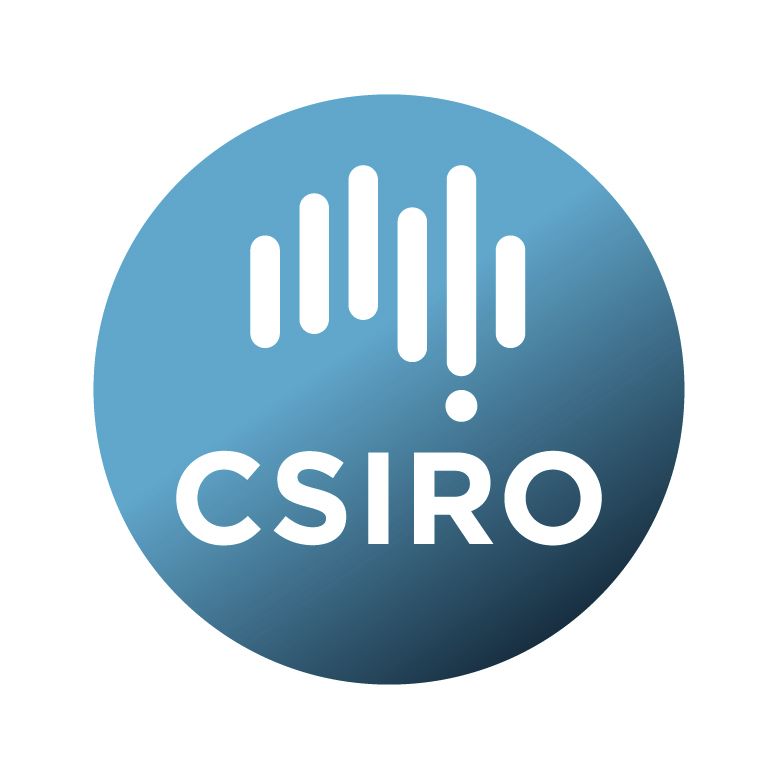Brief description
This dataset is a subset of 1250 images of the CotLeaf-1 dataset (see link below) in which trichomes have been manually annotated.Note: that the visualize_AnnCoT_annotation.zip file contains a python script which can be used to visualise annotations on images.
This dataset is being released together with our HairNet2 paper (Farazi et al 2024). See below for links to related Datasets and Publications.
Lineage: Image selection
A subset of the CotLeaf-1 dataset was used to develop the Annotated Cotton Trichome (AnnCoT) dataset. Specifically, the first image of Leaf 3 and Leaf 4 from each genotypes with hairiness scores between 1 and 5 grown in both environments (Glasshouse and Field) during Year 1 (season 2019-20) and Year 2 (season 2020-21) were used. Images from genotypes with a 5+ genotype hairiness score were not annotated because they were too hairy for humans to confidently annotate. As a result, a total of 1250 images were annotated and their distribution across genotypes and hairiness classes.
Trichome spline annotation
The above-mentioned images were annotated by humans tasked to trace each trichome with the exception of those only fully overlapping with the midvein. This decision was made because it was difficult to distinguish white trichomes on the white midvein from light reflection or damage. Annotations were stored as splines instead of pixel level segmentation masks at the original image resolution. This allowed for a more flexible and continuous representation of trichomes and provided two important methodological advantages. Firstly, spline annotations were stored as a set of control points manually placed by annotators on each trichome and processed into segmentation masks when needed, which was less expensive than storing segmentation masks themselves. Secondly, resizing a segmentation mask of thin hair-line structure such as trichomes would have introduced serious artefacts (e.g., breaking up long annotations, or merging nearby annotations into a single structure) due to interposition techniques (e.g., linear, cubic, nearest, area). Spline annotations offer the advantages of being ‘transformable’ to any image resolutions by calculating new control points for the target image resolution. The transformation operation is inexpensive and ensures that the original shape is preserved regardless of the resizing dimensions.
Available: 2024-04-15
Subjects
Agricultural, Veterinary and Food Sciences |
Artificial Intelligence |
Artificial Intelligence Not Elsewhere Classified |
Biological Sciences |
Computer Vision |
Computer Vision and Multimedia Computation |
Cotton |
Crop and Pasture Improvement (Incl. Selection and Breeding) |
Crop and Pasture Production |
Crop and Pasture Protection (Incl. Pests, Diseases and Weeds) |
Deep Learning |
Gin trash |
Hair |
Hairiness |
Information and Computing Sciences |
Image Processing |
Leaf |
Machine learning |
Plant |
Plant Biology |
Plant Pathology |
Plant Physiology |
Pubescence |
Trichome |
Whitefly |
Yield |
User Contributed Tags
Login to tag this record with meaningful keywords to make it easier to discover
Identifiers
- DOI : 10.25919/EKZZ-R590

- Local : 102.100.100/608276


